Learning
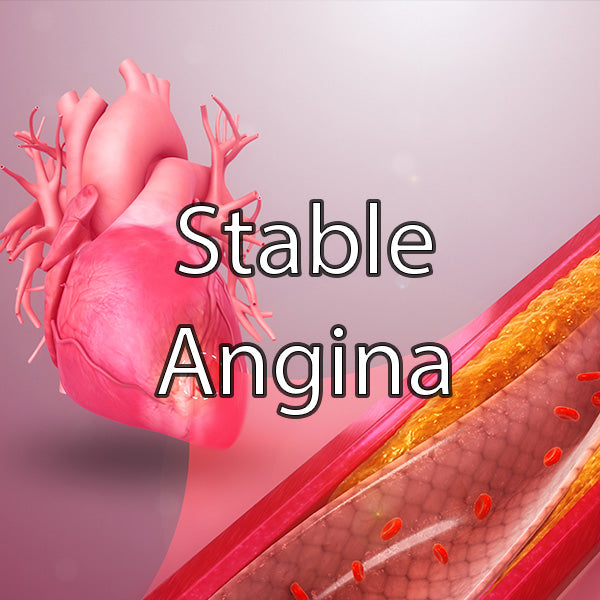
Stable angina is a syndrome of chest pain/pressure that accompanies myocardial ischaemia, typically triggered by physical activity or stress.
It falls within the category of chronic coronary syndromes.
NICE defines typical angina as chest pain with all 3 of the following features:
- precipitated by physical exertion
- constricting discomfort in the front of the chest, in the neck, shoulders, jaw or arms
- relieved by rest or GTN within about 5 minutes
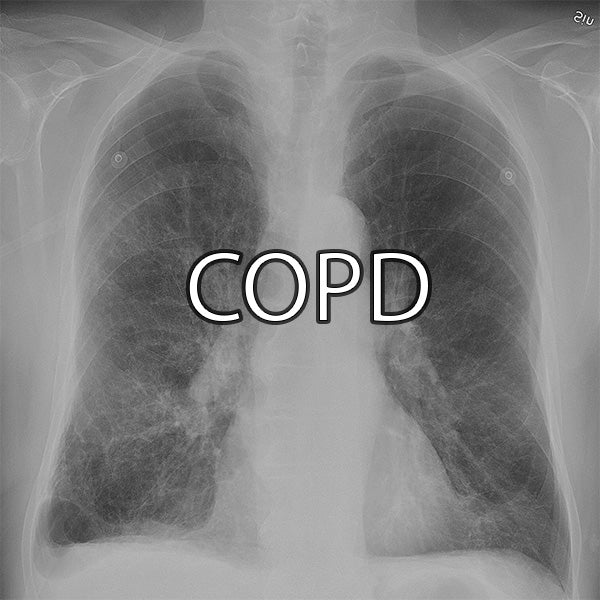
By Megan Hodgson
Chronic Obstructive Pulmonary Disease (COPD) is a non-reversible, progressive airflow obstruction, caused by inflammatory damage to lung tissue (e.g. from tobacco smoking). This makes the lungs harder to ventilate and more vulnerable to infection.
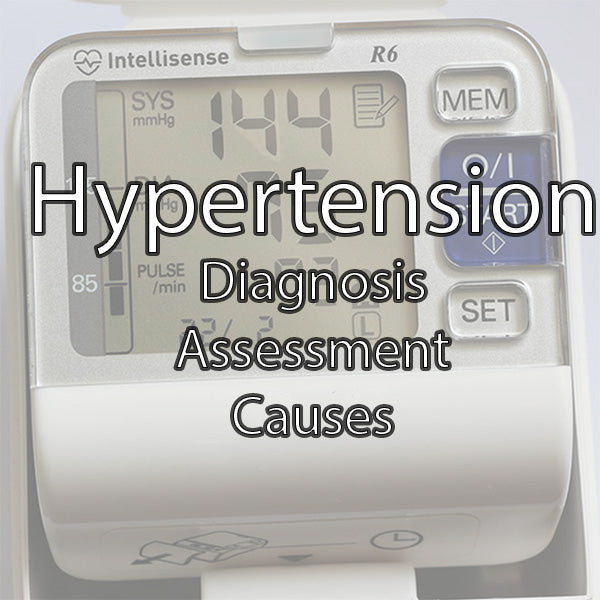
By YardCard Team
Hypertension is persistently raised arterial blood pressure. It can also be defined as the level of blood pressure above which treatment does more good than harm, so thresholds vary. In this article we'll go through diagnosis of hypertension, causes, and differentiate primary and secondary hypertension.
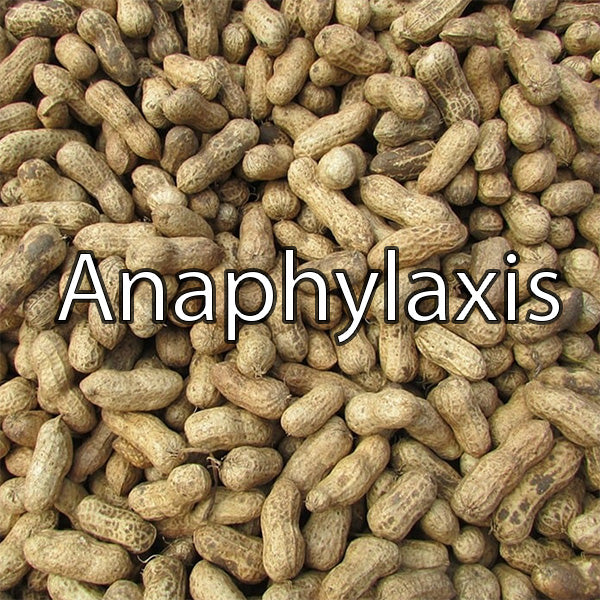
By Dr R Chhabria (SHO) -
Anaphylaxis is a severe, life-threatening, generalised or systemic hypersensitivity reaction (Type 1).
You can recognise anaphylaxis based on:
- sudden onset and rapid progression of symptoms
- airway and/or breathing and/or circulation problems
- skin and/or mucosal changes (flushing, urticaria or angioedema) but these may be absent in up to 20% of cases
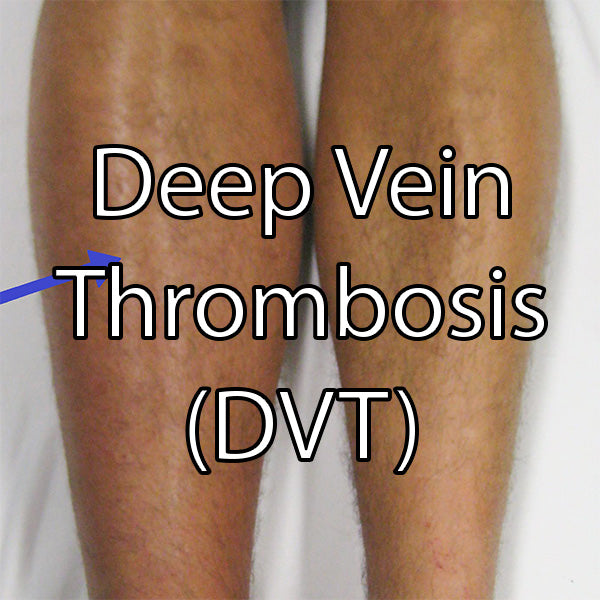
DVTs occur when a blood clot develops in the major deep veins. It commonly occurs in the leg, thigh, pelvis or abdomen, but can occur less commonly in the arms, or portal system. This article will focus on DVT in the lower extremities. DVTs can cause pulmonary embolisms which can be fatal.




